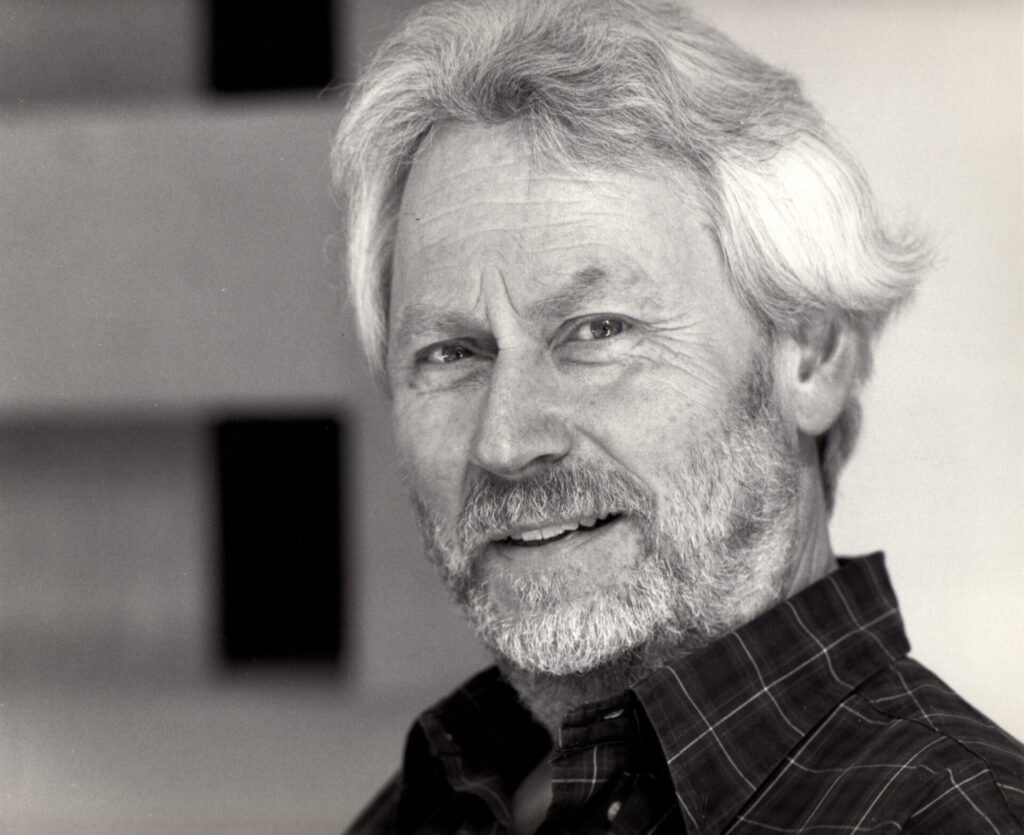Postmodern architecture emerged in the 1960s and 1970s as a reaction against the functionalist rigidity and austere formalism of modernism. It incorporated historical references, ornamentation, irony, and formal heterogeneity, rejecting the idea of a single, universal path for architectural design. Thus, modernist order and homogeneity gave way to pluralism celebrating diverse styles and references. In this way, architectural language became an open field for appropriation and layering.

This movement benefited from a broader cultural context. Postmodernism, as an intellectual phenomenon, relativized universal narratives and legitimized multiple viewpoints. In architecture, this opened space for buildings to engage with local contexts, revive historical typologies, and incorporate elements once dismissed as “non-contemporary.” As a result, urban landscapes became more varied and often closer to the collective imagination of communities.
Challenges and Limits of Postmodern Eclecticism
However, this freedom also brought significant challenges. By multiplying references and blurring style boundaries, postmodern architecture risked becoming superficial, acting more as aesthetic collage than critical structure. Often, the appropriation of historical forms lacked deep understanding of their original meanings. In some cases, quotations became visual tricks serving immediate effect rather than consistent dialogue with place and history.
For decades, this relativization of forms and meanings appeared as a liberating gesture. By distancing itself from modernism’s ambition to define a universal language, architecture reflected contemporary world complexity. Yet, in the early 21st century, global changes reintroduced issues of belonging, memory, and symbolism often lost in postmodern eclecticism. Thus, the demand for spaces expressing collective values and identities began to challenge the relativist discourse prevalent in previous decades.
The Legacy of Postmodern Architecture and Current Challenges
In this context, architectural projects seek to reintegrate structuring principles in materiality, technique, or discourse. This rapprochement does not mean naïve return to the past but values aspects beyond immediate visual effect. Therefore, attention to durability, use of local materials, symbolic ties to community history, and care for public space regain central importance.
Criticism of postmodernism does not deny its contributions but acknowledges that its radical relativism proves insufficient for current demands. Architecture must balance formal freedom and clarity of purpose, avoiding the risk of multiplicity turning into dispersion. In a world marked by cultural diversity and multiple centers of power, designing buildings that engage collective identities while participating in a global cultural network has become essential.
Thus, the postmodern legacy endures, filtered by new historical and geopolitical awareness. Contemporary architecture, pressured by environmental crises, political tensions, and memory claims, faces the challenge of combining diversity with shared meaning. The question no longer focuses solely on creating multiple forms but on using multiplicity as a tool for cohesion and meaningful presence in the world.



